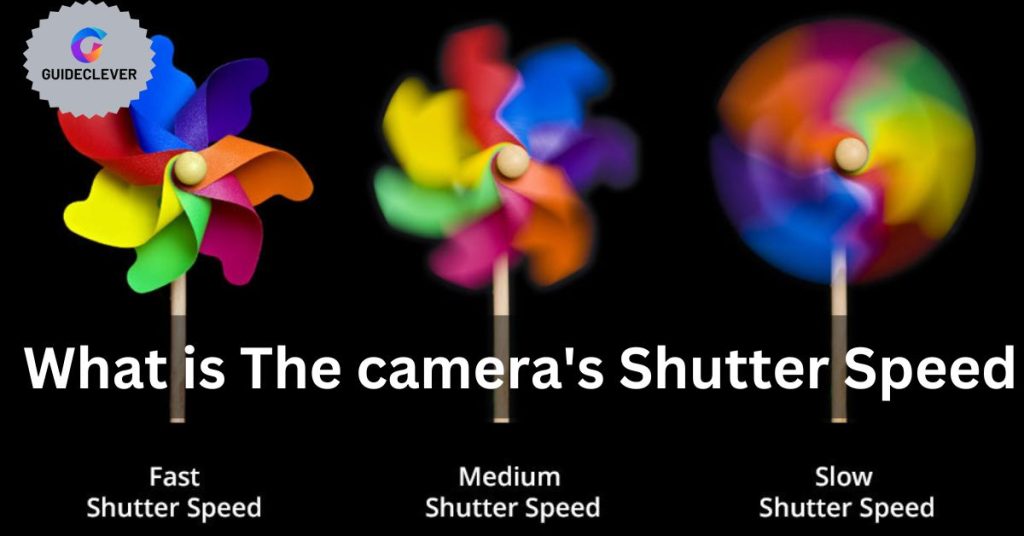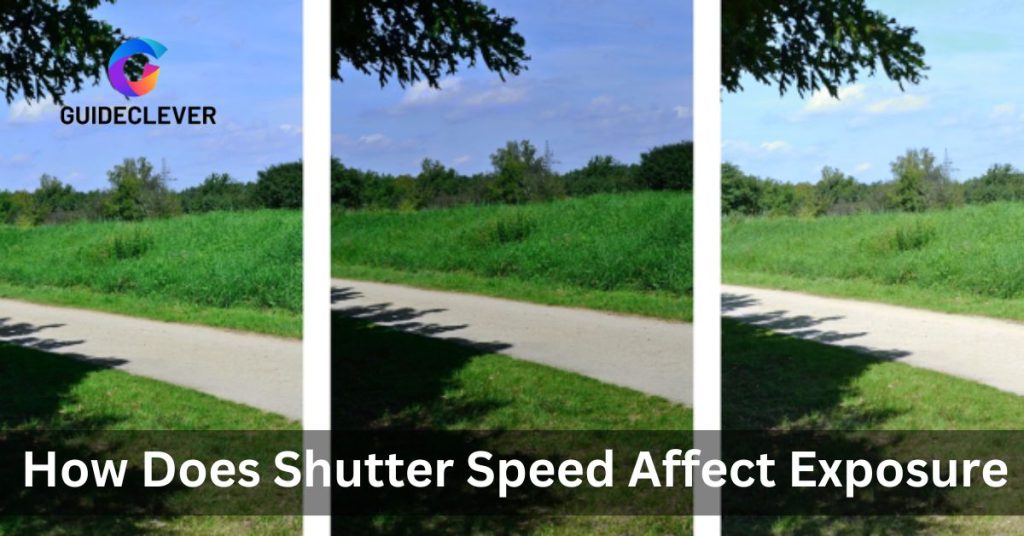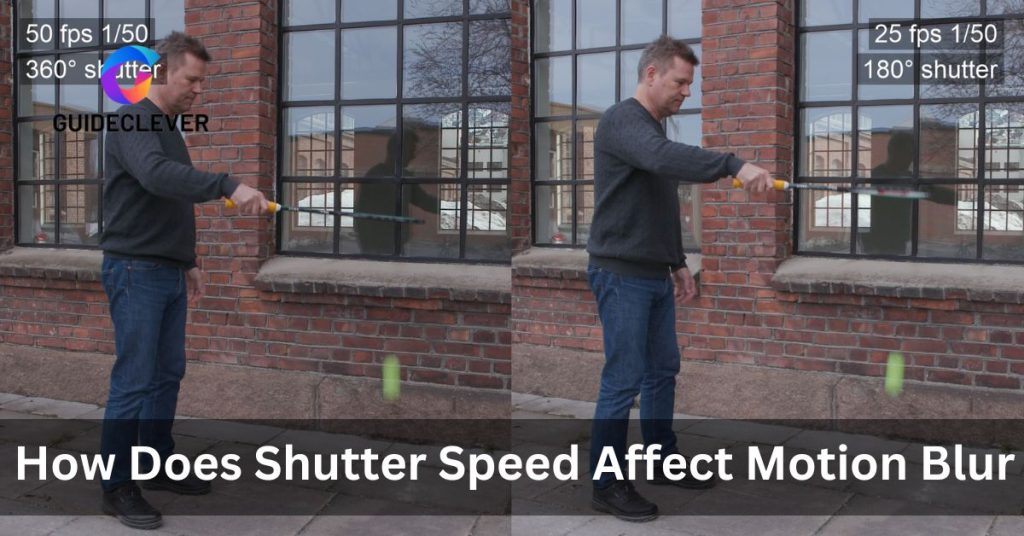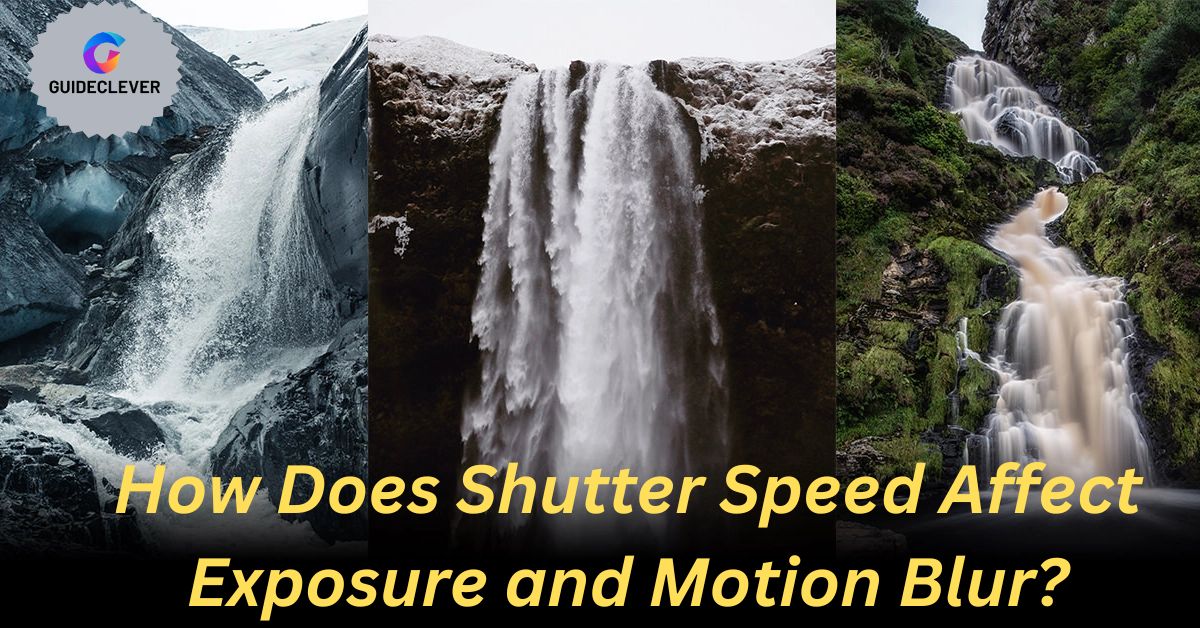Shutter speed is a key setting that photographers can adjust to get perfect exposure and motion blur in their images. Changing the shutter speed alters the amount of time light enters the camera. This will result in different brightness levels (exposure) and motion blur. In this article, we will look at how Shutter Speed Affect Exposure and Motion Blur. As well as some tips for getting the best results. We will also discuss different shutter speed settings. They can assist you in taking excellent photographs. With a more thorough grasp of shutter speed. You will be able to capture your vision with more precision. Let’s delve into the world of shutter speed and discover how it can help you bring your creative vision to life.
Contents
- 1 What is The camera’s Shutter Speed?
- 2 Why Shutter Speed Is Important For Exposure And Motion Blur?
- 3 How Does Shutter Speed Affect Exposure?
- 4 Relationship Between Shutter Speed and Exposure
- 5 Balancing Shutter Speed with Other Exposure Factors
- 6 Creative Effects Using Shutter Speed
- 7 How Does Shutter Speed Affect Motion Blur?
- 8 Practical Applications of Shutter Speed for Motion Blur Control
- 9 Tips and Techniques for Controlling Motion Blur with Shutter Speed
- 10 Final Thought
What is The camera’s Shutter Speed?

Shutter speed is how long the camera’s shutter is to open and close. It is measured in seconds, fractions of seconds, or minutes. When you hit your camera’s shutter button. The shutter opens and closes very quickly to allow light to enter the camera body and reach the image sensor.
The faster you set the shutter speed, the shorter the shutter is open, and vice versa. This will affect how much light enters your camera and motion blur.
Why Shutter Speed Is Important For Exposure And Motion Blur?
Shutter speed is a key setting for photographers to adjust for proper exposure and motion blur in their images. You can control how much light reaches the image sensor. Faster shutter speeds will result in darker images (underexposure). While slow shutter speeds will result in bright images (overexposure). Additionally, it can be used to create motion blur in your photos. While slower shutter speeds will create a more blurred effect.
How Does Shutter Speed Affect Exposure?

Shutter speed affects exposure by controlling how much light reaches the image sensor. Faster shutter speeds will result in darker images (underexposure) as less light is allowed. But, slower shutter speeds will result in brighter images (overexposure). Because more light can come. The photographer can adjust the shutter speed to ensure the correct amount. The light is captured for the desired result. Additionally, give your photos more or less time to move between frames. Motion blur may also be created by varying the shutter speed. For example, a slow shutter speed of 1/30 second will create a blurry effect. While a faster shutter speed of 1/2000 second will freeze movement and produce a crisper image.
Relationship Between Shutter Speed and Exposure
Shutter speed affects exposure. Fast shutter speeds result in less light. Whereas slow shutter speeds result in more light. Choosing the right shutter speed is important to get the right amount of brightness in your photo. Faster speeds are good for bright conditions and capturing fast things without blur. Slower speeds are good for low light or for special effects like light trails. Understanding shutter speed helps you control the light in your photos.
Balancing Shutter Speed with Other Exposure Factors
When using shutter speed, you must also think about other exposure factors. These include aperture and ISO. They work together to create a well-exposed image. For example, if you want to freeze motion with a fast shutter speed. You may need to adjust the aperture or ISO to let in enough light. So, it’s time to use slower shutter speeds for longer exposures. You may need to change the aperture or ISO to avoid overexposure. Balancing all these factors helps you capture the perfect photo with the right amount of light and sharpness.
Creative Effects Using Shutter Speed
Shutter speed can be used to create some amazing creative effects. For example, A slow shutter speed of 1/4 second or longer can be used. Can capture light trails from cars driving at night Or blur ocean waves to create a dreamy effect. You can freeze motion with a shutter speed of 1/1000 second or faster. It would be great for capturing sports or wildlife action. Experimenting with shutter speed can help you create truly unique photos that stand out.
How Does Shutter Speed Affect Motion Blur?

Shutter speed is important in determining the amount of motion blur captured in a photograph. When the shutter speed gets lower. The camera sensor is exposed to light over an extended period of time. As a result, motion blur is more likely to be captured. This happens because of the extended exposure time. Any movement within the frame that changes position. While the shutter is open can cause subjects or objects to appear blurry. Conversely, using a faster shutter speed shortens the exposure time. Effectively freezes motion and reduces the chance of motion blur. By selecting an appropriate shutter speed. Photographers can control the degree of motion blur in their images. Whether they aim to emphasize movement for artistic effect or freeze the action to capture sharp and detailed moments.
Practical Applications of Shutter Speed for Motion Blur Control
Sports And Action Photography
often need the use of fast shutter speeds to freeze the action. Landscape photographers frequently employ slow shutter speeds. To give a sense of movement or to create an effect such as light trails. In portrait photography, shutter speed can be used to capture a natural pose or blur. The background for a shallow depth of field. In night photography, slow shutter speeds can be used to capture the stars or light trails from moving cars.
Long Exposure Photography
Involves using a slow shutter speed to capture light over time. This can create dreamy effects such as silky waterfalls or star trails.
Shutter speed can help you create stunning photos with creative exposure and blur effects. Keep experimenting with different shutter speeds and practice getting the right exposure. Practice and patience will help you master this essential element of photography.
Creative Motion Blur Effects
can also be achieved by manipulating the shutter speed. This might give your images a distinct appearance. Such as adding a sense of motion or making them appear surreal. For example, A slow shutter speed can be used to capture the action of dancers and add excitement to the photograph. Or use a fast shutter speed to freeze the action and capture sharp details. Exploring different shutter speeds can help you create creative effects in your photos.
Tips and Techniques for Controlling Motion Blur with Shutter Speed
Using a fast shutter speed is the best way to reduce motion blur. It can also help you capture sharp details and freeze movement in your photos. The precise shutter speed required to eliminate motion blur varies depending on the subject. And the type of photography you are doing.
When capturing sports or wildlife. Use a shutter speed of at least 1/500 second. For landscape photography, use a slower shutter speed, such as 1/30 second.
Suppose you are shooting in low light. Use a wider aperture to allow more light into the camera. Then adjust the shutter speed accordingly to avoid overexposure.
Suppose you want to produce motion blur. Use a slower shutter speed, such as 1/15 second or longer. This will create a streaking effect, giving your photos a unique look.
Finally, experiment and practice with different shutter speeds to find out what works best for you. This will help you familiarize yourself with how shutter speed affects exposure and motion blur.
Final Thought
Shutter speed is an essential element of photography that affects your photos’ exposure and motion blur. Understanding shutter speed and playing with various speeds. You can regulate how much light enters your camera. You can also create creative effects such as light trails or motion blur for more artistic images. Mastering shutter speed will help you take amazing photos every time.



3 thoughts on “How Does Shutter Speed Affect Exposure and Motion Blur”